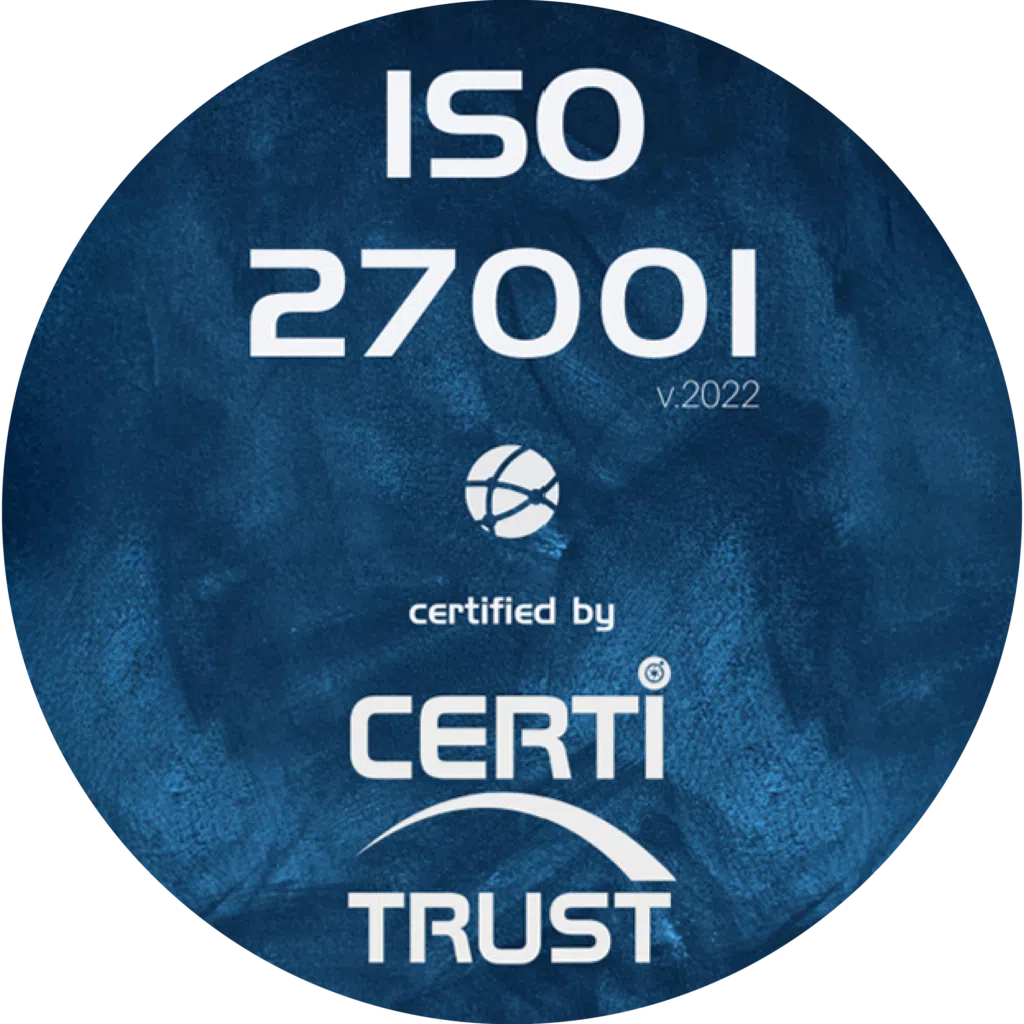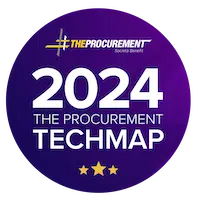Have you heard of Scrum? A project management tool based on task visualisation? If the answer is yes, then you’ll have no trouble understanding how the Kanban method works . Kanban has been hugely successful in Japan. It is presented as a more flexible approach to managing a project from start to finish, while reducing risk. But what exactly is it? Find out in this article!
The origins of the Kanban method
Kanban is an expression with its roots in Japan. It literally translates as “panel”, “notice board” or “visual label”. The term Kanban originated at Toyota in the 1950s.
At the time,Toyota was looking to introduce a more cost-effective production management system. It wanted to reduce excessive stocks and waste associated with parts and materials. It therefore abandoned the standard production process. It opted for the ‘ just-in-time ‘ strategy. This is based on developing an offer in line withactual demand and the requirements of the end customer . The idea originated with a Japanese engineer called Taiichi Ono.
Initially, the Kanban method was a task and project planning system based on the Lean philosophy applied within Toyota. But over the years, it has become a project management method used in a number of business sectors. Like the Scrum method , it can be integrated into lean approaches such as :
- Lean logistics
- Lean manufacturing
- Lean purchasing
Understanding the logic of the Kanban method
This task management system takes the form of a table. It is made up of columns representing a stage of production or work .
In its basic format, the Kanban board has columns for tasks to be done, tasks in progress and completed tasks. A Kanban card is used to symbolise each task in the project. The card is moved from one column to another asthe project progresses .
It should benoted that it is possible to adapt the content of each column and even the shape of the Kanban board, depending on the nature of the project on which your team or company is working.
The different components of a Kanban board
Every time your company sets upa project, you can use the Kanban method. Let’s take a look at the key elements that your Kanban board should contain.
Kanban cards
These are the essential tools of the Kanban method. They come in the form of cards, labels, stickers or post-it notes. The cards are used to organise the workflow shared by the teams and to guide those involved in the project or product development process. They contain valuableinformation such as :
- A title that concisely represents the task
- A description of each task
- The teams or person responsible for the task
- Due date
Note that there are two types of Kanban card. Their use depends on the objective to be achieved. There are :
- Kanban cards used to manage the production of materials.
- Movement or transport kanban cards used to manage the movement of materials or finished products.
- The e-kanban used in project management.
Kanban boards
The cards are inserted in the different columns of the Kanban boards. This visual aid provides a better overview of the workflow. The boards therefore enable development teams to :
- follow the progress of the project and each task in a simpler way,
- better understand the method and its application
- optimise predictability
- boost their responsiveness and productivity,
- align the objectives to be achieved with the company’s values.
The limits of WIP (Work in Progress)
At each stage of the process, it is necessary to establish work in progress limits or WIP limits in order to ensure the efficiency of the workflow. They enable you to lighten the workload for your employees and also help you toprevent delays or a lack of performance. The WIP should be determined according to the capacity of the teams.


Principles for implementing the Kanban method
The Kanban bulletin board method is an approach based on precise operating principles .
Take into account the current situation
To developa Kanban method, you first need to identify the current situation. In other words, you need to:
- take into account the processes already in place and existing practices,
- identify new management methods that can be adapted to your project,
- find a way of adapting the chosen methodology to the current process.
If you understand the description of the methodology, the aim is not to reinvent everything or to develop a very different method. The Kanban approach is based on implementing changes. These changes should lead to a clear improvement in the way a project is managed or in the way a product is developed .
Apply changes gradually
Theprinciple ofagile practices is also to avoid sudden change. You need to give your development team time to prepare. So you need to introduce changes gradually. In short, the Kanban method encourages a smoother transition.
Respect existing processes and organisations
The Kanban approach is all about respecting people. If you are planning to apply this approach, you must respect the roles and responsibilities of your team members. It is out of the question to apply changes that could disrupt the system already in place.
In reality, Kanban is amethodology adapted to the classic management or production process. Its application should generate benefits, not problems. That’s why it’s essential to understand the approach in order to be able to implement changes .
Promoting acts of leadership
Developinga Kanban method means first of all accepting that every member of the team can be a leader. In fact, you must encourage your workers, whatever their hierarchical level, to :
- Work responsibly
- Encourage teamwork
- Take the initiative to ensure the project’s progress and success
Create a task management chart
This agile method also relies on the creation of a task management chart. Here are the steps to consider:
- Define the tasks, dividing them into sub-tasks if necessary.
- Create a table in which you will list the previously definedactivities.
- Assign tasks to team members and set deadlines for their completion .
- Monitor the progress of the workflow
- Create and add new tasks to the table once they have been completed.
The benefits of Kanban for Leanmanufacturing companies
The Kanban methodology, integrated into the Lean Management philosophy, enables production processes to beoptimised by :
Reducing waste
Do you need a production method that will reduce waste within your organisation? The Kanban system is a lean method to be favoured for the following reasons:
- your staff can concentrate on the essential aspects of the projects to be completed,
- you avoid overproduction, which will generate excessive stock,
- you avoid increasing production costs.
Optimising workflow and output
This methodology, adapted from the lean philosophy, enables production companies to better control and optimise their workflow. In this way, they avoid :
- delays
- waiting times
- interruptions.
Facilitating adaptation to change
Theother advantage of the Kanban agile method is that it makes the production process more flexible. This approach doesn’t just allow you to act according to the customer’s needs. It also allows you toadjust the whole process to changes in the market .
Real-time visibility of production status
By means of task boards, the Kanban system enables you to monitor the progress of each project in real time. You can identify :
- the progress of production stages
- progress made
- blockages recorded during each process.
Decisions will therefore be taken on the basis of the actual situation. In other words, it’s an excellent tool for responsiveness.
Improved quality and collaboration
Good project management includes improving the finished product. The Kanban task management method enables you to achieve this objective. This approach guarantees :
- operational agility
- continuous improvement of the development and production process,
- development of teamwork,
- the establishment of a relationship of trust with the customer.
Versatile method
As versatile as the Kaizen method, the Kanban task visualisation method can be applied to all aspects of a company in all sectors, including purchasing management .
You can apply it in your business with the help of software like Weproc. Our SaaS purchasing management solution facilitates the collection and analysis of data to help companies better control their spending and optimise their operational efficiency.
Want to learn more about our Weproc procurement management software?
Contact us or request your 15-minute demo below!








